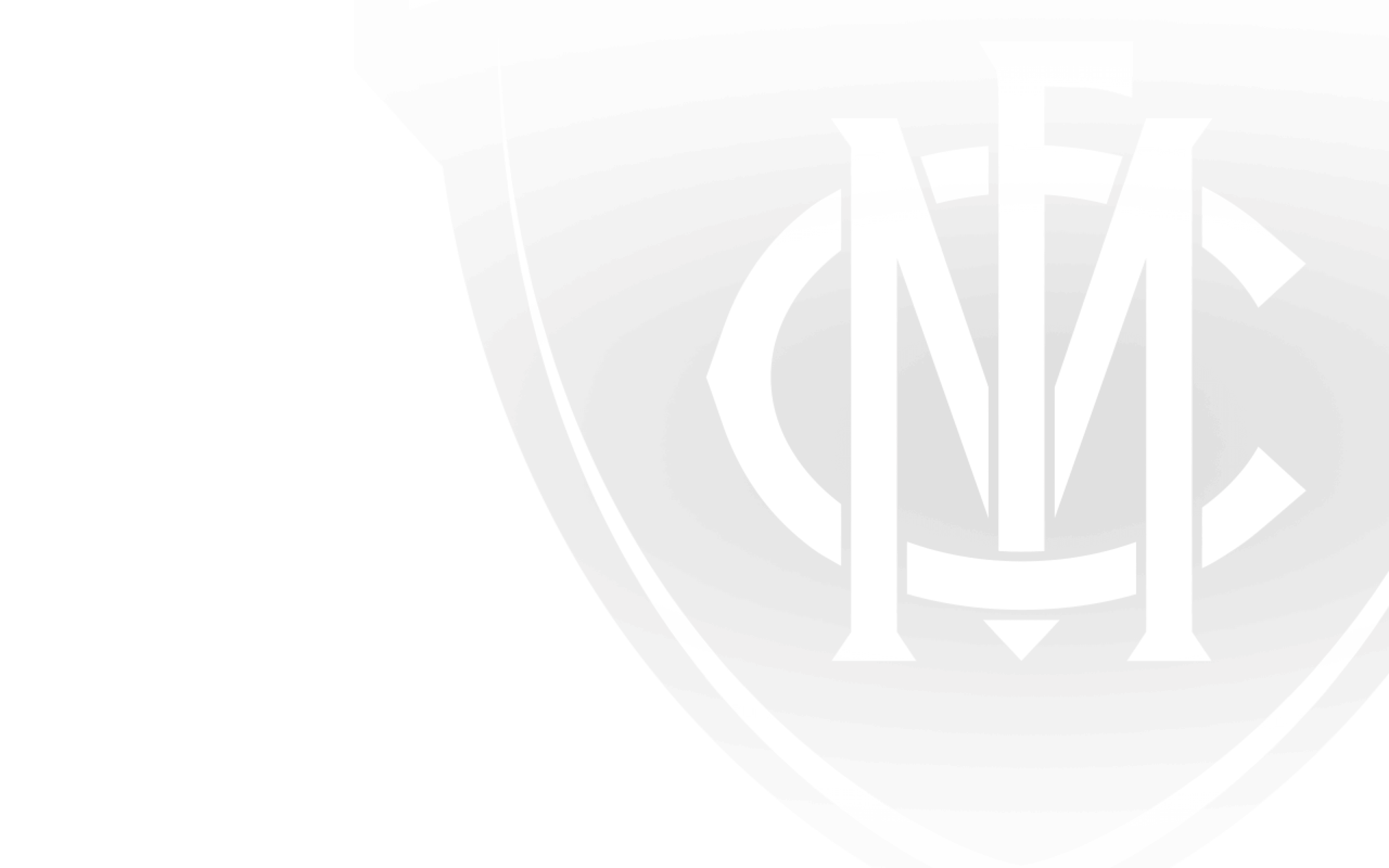MELBOURNE has appointed former Sydney Swans and Richmond big man Greg Stafford as its ruck coach.
Stafford, who played 204 AFL matches, notched up 130 with the Swans from 1993-2001 and 74 with the Tigers from 2002-06.
The 39-year-old said he was rapt to be involved again at the highest level, albeit in a different role, as he relishes the “whole spirit of what football clubs are about”.
“It’s very good to be back,” Stafford told melbournefc.com.au.
Manager of football operations Josh Mahoney said the club was delighted to gain Stafford’s services.
"We are pleased to add Greg to our coaching staff; we felt that Greg's philosophy on the role of ruckman, his personality and his experience of playing the game for 14 seasons was the perfect candidate to work with our group of rucks – [Mark] Jamar, [Jake] Spencer, [Max] Gawn, [Jack] Fitzpatrick, [Mitch] Clark and [Max] King,” he said.
“He will work with all our rucks, from the most experienced in Mark Jamar, down to the recently rookied Max King.
“To have someone of Greg's experience dedicated to working with this group is going to give them all the best chance to learn the art of ruckwork and play their role in the team.”
After he retired from the AFL, Stafford intentionally stepped away from the game to focus on his building career, where he is now the director of Melbourne-based building company Point Seven Construction.
Although he had dabbled in some areas of the game since his playing days, Stafford said he was ready to return.
“I did deliberately move well away from the game to establish my own business interests. I feel like I’m in control of that now and I’m looking forward to having an involvement again,” he said.
“I was on the committee to select the Richmond coach Damien Hardwick, so I had a nice bit of involvement there, which was good for me. It was a very interesting process,” he said.
“I’ve done some coaching work around the traps – not at AFL level, but at country level – because you have friends wanting help in different areas.
Stafford said he would be involved in roughly “two to two and a half days a week” spread over seven days. He will be at the main training session, plus reviewing and previewing matches with the Melbourne ruckmen.
Stafford has previously worked and/or played with Paul Roos, George Stone, Ben Mathews, Daniel McPherson and Brett Allison.
He also played against Melbourne ruckman Mark Jamar and said he had a “healthy respect” for the 2010 All-Australian ruckman.
Stafford said he would adopt a fresh eyes approach with the red and blue rucks and was eager to see the group evolve in 2014. He was also adamant that the ruck foundations remained in today’s game.
“There’s been a great evolution of the role of the ruckman over time. The demands on the modern day ruckman are quite extensive. Having said that, ruckmen can still make a positive impact with some fairly basic fundamentals,” he said.
“As much as it’s a moving game and a ballistic game and a lot’s required, if you get the simple things right consistently well, you can make a big impact. That’s what we’re looking to do with our big boys this year.”
Originally from Western Suburbs in NSW, Stafford made his AFL debut with the Swans against Essendon in round four, 1993, which incidentally was Gary Buckenara’s last match as Sydney coach, before he was replaced by caretaker Brett Scott and then by Ron Barassi that year.
The 204cm tall was a member of Sydney’s 1996 Grand Final team and he developed into one of the best ruckman in his era.
Stafford, who first wore No.45 and later No.15, inherited the No.1 jumper at Sydney in 1999 – the year after now Melbourne coach Paul Roos retired.
Initially, when offered the number, Stafford consulted 15 people to see if he should accept it, given Roos’ stature in the game. He then decided to wear the number and donned it for three seasons with the Swans.
At the end of the 2001 season, Stafford shifted to Richmond via the trade period.
He continued to play some fine football, which included greater stints up forward, and after 14 senior AFL seasons, he retired at the end of 2006.


